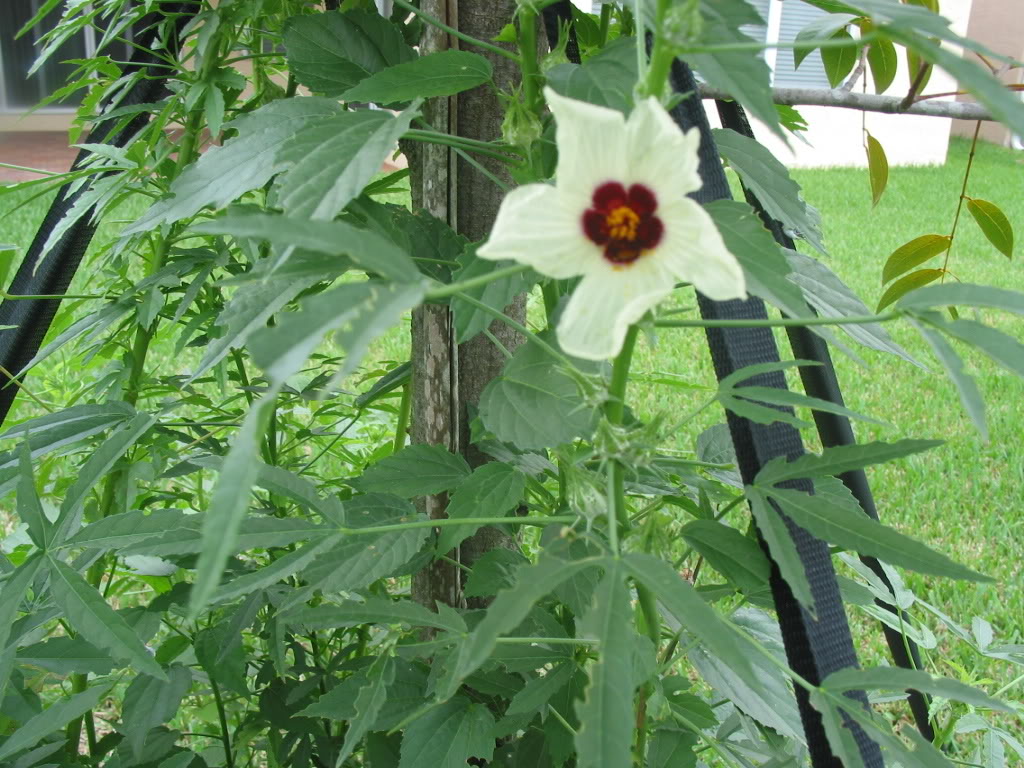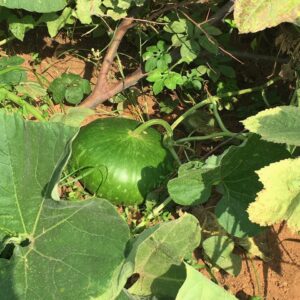Description
| Seed type | Vegetable |
| Plant Name | White Pulicha Keerai Seeds |
| Family | Malvaceae |
| Botanical Name | Hibiscus Cannabinus |
| Sowing Seasons | all seasons through the year, other than in frost |
| Spacing | 12-14 cm apart at a depth of 1⁄2inch (1.3 cm) |
Names of Pulicha Keerai in different Indian Languages: Pulichakeerai in Botanical Name – Hibiscus Cannabinus Pulichakeerai in Hindi – Gongura Pulichakeerai in Marathi – Ambaadi Pulichakeerai in Hindi – Pitwaa Pulichakeerai in Oriya – Taka Bhendi or Khata Palanga Pulichakeerai in Jharkhand – Kotrum Pulichakeerai in Kannada – Pandilpundi Pulichakeerai in Punjabi – Sankokda Pulichakeerai in English – Kenaf leaves Pulichakeerai in Telugu – Andhra Matha
As the name suggests this spinach variety gives a tangy taste to the dishes. This spinach can be very much suitable for veg and non veg dishes due to its typical taste. It is popularly called as gonkura in Andhra, the chutney made using this spinach has a truly mesmerizing taste. This chutney is called gonkura chutney, which is partly spicy and partly sour. We can make chutneys and curries using this spinach with veg or non veg ingredients, and you will experience a great taste like never before.
This keerai type is loaded with vitamins, mineral and fiber. It is also rich in iron that helps in building a strong body. It strengthens the immune system and gives an ability to fight any infections caused by bacteria or viruses. It is also rich in oxalic acid and vitamin B9 that is found in very rare species of spinaches or other vegetables. The fiber content in this spinach helps in weight loss and build a strong body, it is also low in calories and burns cholesterol.
Pulicha keerai vagaigal comes in two types. One is red stemmed leaves and another one is green stemmed.
Buy Once and Build Your Seed Bank!
Our farm’s Community Seed Bank preserves and cultivates Open Pollinated Native seed varieties that are both organic and sustainably grown. We distribute seeds in limited quantities, expecting gardeners or farmers to propagate them and establish their seed bank. Get ready for a happy and fruitful farming experience!
SEED TREATMENT:
Soaking seeds before sowing can greatly improve their chances of germination and growth. There are several methods of soaking seeds, and one of the most popular methods is soaking them in water. All you need to do is immerse the seeds in water for about 24 hours before planting them in grow bags. This method is particularly useful for seeds that have hard seed coats, which can prevent water from penetrating and germination from occurring.
Another method of soaking seeds is to soak them in cowdung slurry. This is a traditional method that has been used in India for centuries. Cowdung slurry is believed to contain natural growth-promoting substances that can help seeds germinate faster and grow stronger. To prepare the slurry, mix cow dung with water to make a thick paste, and then immerse the seeds in the mixture for about 48 hours. After soaking, rinse the seeds in clean water before planting them in grow bags.
Both of these methods can be effective in improving the germination and growth of seeds. However, it’s important to note that not all seeds require soaking, and some may even be harmed by it. Be sure to research the specific needs of the seeds you are planting and use the appropriate method accordingly.







Reviews
There are no reviews yet